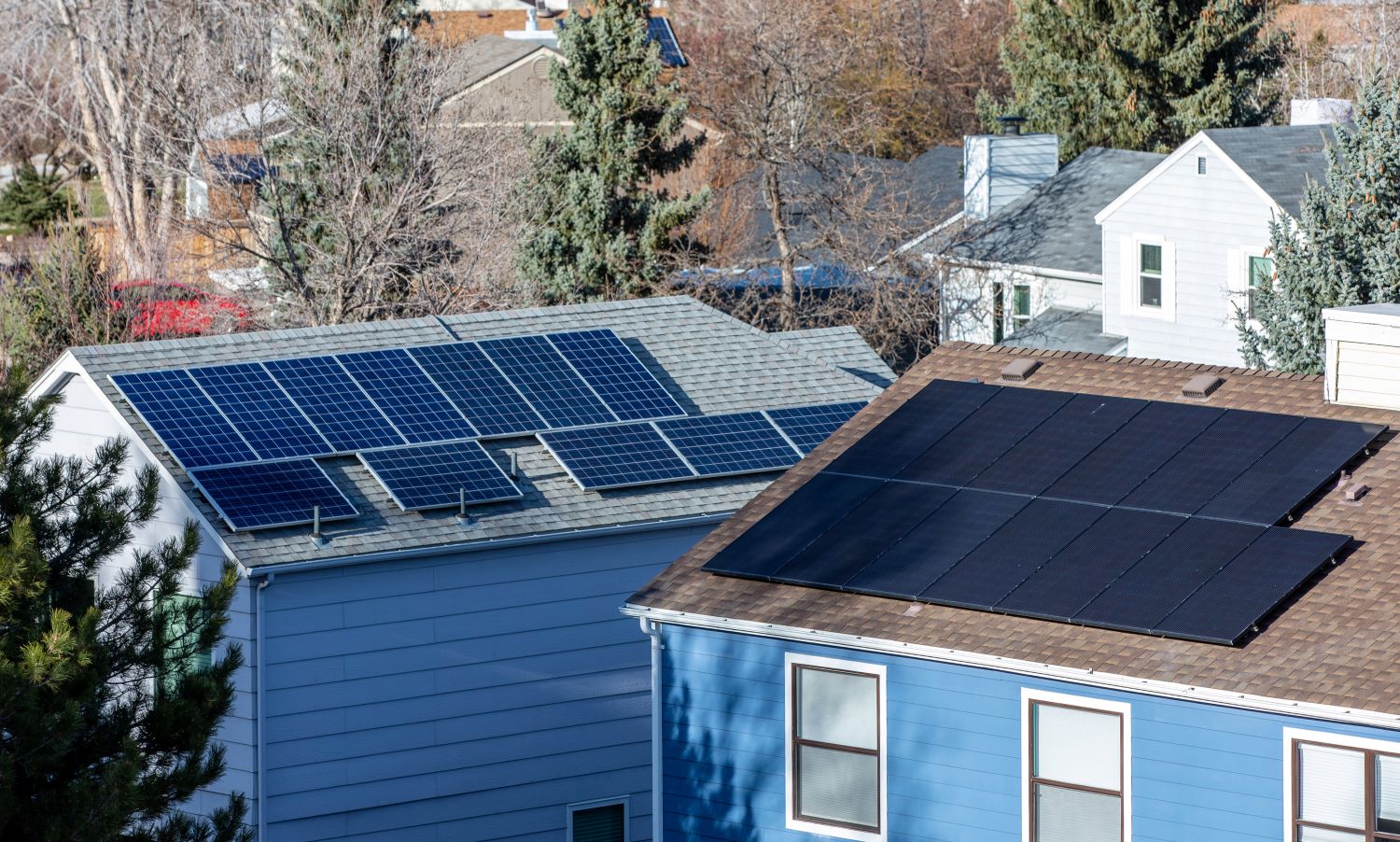
Hitting the “Sweet Spot” on Climate Action: The Regional Greenhouse Gas Initiative
The “sweet spot” of climate policy includes actions that are both meaningful and can be sustained over the long-term – actions that deliver substantial pollution reductions now while laying the groundwork for more ambitious steps to cut carbon pollution in the future.

There is a dilemma at the heart of climate policy and politics.
Every passing year in which greenhouse gas emissions do not fall dramatically brings us one step closer to using up our remaining carbon budget and committing the world to catastrophic levels of warming. There is a strong imperative to act dramatically and boldly, right now.
At the same time, the need to bring carbon emissions down to near-zero (a minimum 80 percent reduction) by mid-century demands deep and sweeping changes across nearly every element of society – changes that can only be achieved and sustained by building broad consensus, a task that requires patient and painstaking work over a long period of time.
Imagine, to draw an analogy, that you are a soldier, trying to hit a distant and difficult-to-reach target with cannon fire. Aim the cannon too high and you risk having your shot crash to earth well short of the target – as occurs when ambitious climate policies fall victim to changes in the political tides. Aim the cannon too low, and you are guaranteed not to reach the target – as might policies that garner broad support but don’t do nearly enough, quickly enough, to limit the damage from climate change.
The “sweet spot,” then, includes actions that are both meaningful and can be sustained over the long-term – actions that deliver substantial pollution reductions now while laying the groundwork for more ambitious steps to cut carbon pollution in the future.
We recently joined with Environment America Research & Policy Center to tell the story of a program that hits this elusive “sweet spot” of climate action: the Regional Greenhouse Gas Initiative, also known as RGGI (pronounced “Reggie”). Our report, Cooler Together: The Benefits of Cooperative Action Against Global Warming in the Northeast, Mid-Atlantic and Beyond, reviews the history of this bipartisan, regional program to reduce carbon pollution from power plants in nine Northeast and Mid-Atlantic states. And it shows how RGGI has benefited the environment and public health, while speeding the region’s transition to a clean energy economy.
If you are new to RGGI, or the concept of what climate wonks call “cap-and-invest,” here is a quick primer: Through RGGI, the nine participating states put a cap on the total amount of carbon pollution power plants in the region may emit. Permission to release that pollution is auctioned off to power plants periodically. The revenue from those auctions goes back to the states, with most of the proceeds flowing toward programs to reduce electricity consumption and support renewable energy – measures that make it easier for the region to meet increasingly stringent carbon pollution targets over time.
At Frontier Group, we go back a long way with RGGI. Following former New York Gov. George Pataki’s initial call for development of a regional cap on power plant carbon pollution in 2003, we worked with environmental organizations in the New England states to issue a series of reports encouraging the region’s governors to adopt such a program. We then worked with the state Public Interest Research Groups (and later, Environment America) to argue for establishing a strong program without loopholes that would undermine its effectiveness. Since then, we’ve tracked the program’s progress and documented its benefits.
Cooler Together brings the story of RGGI and its benefits – for climate change, air quality, public health, and the growth of a clean energy economy – up to date. It also points to what happens next. Last year, the nine states then participating in RGGI (New Jersey is on course to rejoin the program soon), voted to cut carbon dioxide pollution from power plants in the region by an additional 30 percent, on top of the roughly 50 percent reduction in emissions that has occurred since 2005.
Perhaps more remarkable than the program’s success at reducing emissions, however, has been the degree to which it has maintained bipartisan political support at a time of increasing polarization. This month, for example, the Maine Legislature – control of which is split between Republicans and Democrats – unanimously adopted legislation keeping Maine in the program, with Republican Gov. Paul LePage allowing the bill to become law without his signature. Together with the program’s success in driving investments in energy efficiency and clean energy, the bipartisan political consensus around RGGI provides hope that the region can build the momentum needed to achieve the even more ambitious emission reductions required in the years and decades to come.
The good news is that RGGI works. The bad news is that leaders in the Northeast and elsewhere around the country have been slow to apply the lessons of RGGI more broadly in the fight against global warming. California’s cap-and-invest program for carbon pollution is the only parallel effort yet to take effect in the United States. And, within the Northeast and Mid-Atlantic states, the lessons of RGGI have yet to be applied to other sectors of the economy, such as the region’s number 1 source of carbon pollution: transportation.
The time has come for other states – including neighboring states such as Virginia – to join RGGI or to adopt parallel programs to cut pollution from power plants. It is also time for RGGI states to consider a similar program to cut pollution from transportation. Fortunately, the conversation about cutting pollution from transportation has already begun, under the auspices of the Transportation and Climate Initiative, with policy-makers and advocates discussing what such a program might look like and beginning to build consensus in the region to make it happen.
If we are to prevent the worst impacts of global warming, we need to identify tools that work to cut emissions today and make even bigger reductions possible in the future – and put those tools into use right away. After nearly a decade in operation, RGGI has demonstrated that cap-and-invest can occupy this “sweet spot” of climate action. Now is the time to expand our use of this important tool in the Northeast, the Mid-Atlantic and beyond.
Image: Painting by Diego Ufano. Public domain.
Topics
Authors
Tony Dutzik
Associate Director and Senior Policy Analyst, Frontier Group
Tony Dutzik is associate director and senior policy analyst with Frontier Group. His research and ideas on climate, energy and transportation policy have helped shape public policy debates across the U.S., and have earned coverage in media outlets from the New York Times to National Public Radio. A former journalist, Tony lives and works in Boston.
Find Out More

Beyond the politics of nostalgia: What the fall of the steel industry can tell us about the future of America

Let us now praise rooftop solar: A tale from New England

Automakers could have learned to build EVs. They paid Tesla to do it instead.

